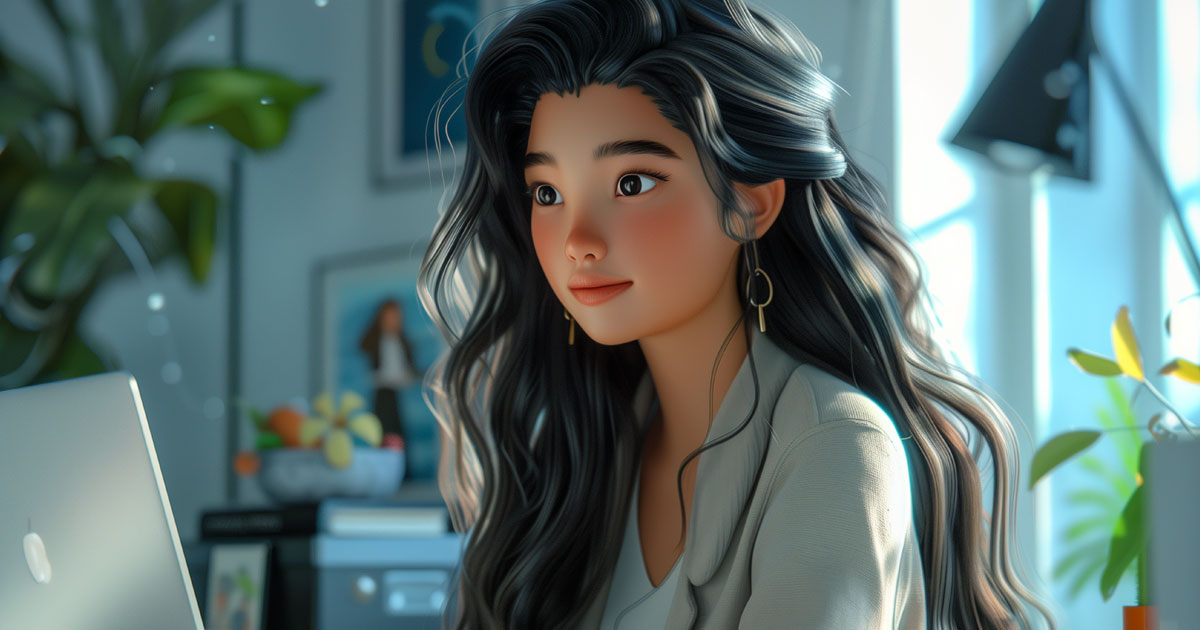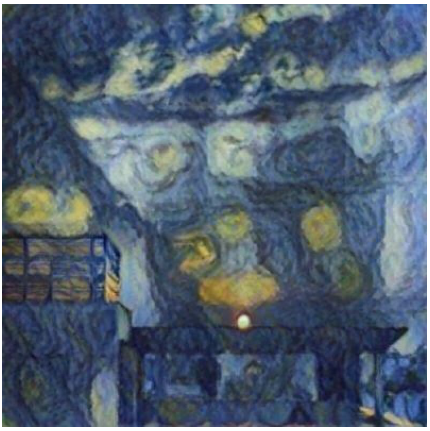Asian Experience in Copyright Protection for Works Created with AI — Analysis by REVERA
How many prompts are needed to enjoy copyright protection for AI-generated works in China, and what do the courts in Japan and India think about the copyright of generated images? Legal experts from REVERA, Kamal Terekhov and Andrey Rutkovsky, provide their insights.
An example of AI-generated work using Midjourney 6 (sourced from Freepik)
Kamal Terekhov and Andrey Rutkovsky
Generative artificial intelligence technologies have stormed the global market with promises of revolutionary changes across many business sectors. However, alongside their potential to boost efficiency, they have also brought a host of legal questions that remain unanswered. One of the most pressing is whether AI-created materials should be protected by copyright on par with human-created works.
While some debate this, courts in Asian countries have already taken their positions on the matter.
CHINA: MAINLAND
Mainland China, being one of the largest and fastest-growing markets in the world, was among the first to express its stance on the copyright protection of AI-created materials.
In the precedent-setting case of Li Yunkai vs. Liu Yuanchun, a Chinese court needed to decide whether a copyright infringement claim based on an AI-generated image could be valid.
The subject of the dispute — an image generated by Li, named Spring Breeze Brings Tenderness
The court considered two questions:
i. Can AI-generated images be subject to copyright protection?
The determination of copyright eligibility for a specific element under Chinese law usually hinges on the following questions: (a) does the work belong to the field of literature, art, or science; and are there the following elements: (b) originality; (c) tangible expression; and (d) intellectual contribution. The main contention arose around the "originality" criterion, which is typically linked to human authorship.
The court concluded that the AI-generated image is eligible for copyright protection because the plaintiff developed over 150 prompts detailing the composition, structure, and specific parameters of the image. Such an iterative process involved aesthetic choices and subjective decisions by the plaintiff, confirming the "originality" of the image.
It is noteworthy that a similar question regarding the copyright eligibility of AI-created works was also addressed in the Tencent vs. Yingxun case, where a Chinese court determined that an AI-generated article possessed originality and was subject to copyright protection.
ii. Who should be considered the author of an AI-generated image?
The ruling in the Li Yunkai vs. Liu Yuanchun case was the first to recognize the user of generative artificial intelligence as the author of the created image under Chinese law.
In the earlier Tencent vs. Yingxun case, Tencent was both the developer and the user of the AI, so the court simply named Tencent as the author of the created work without detailed analysis.
Currently, Chinese courts aim to recognize copyright on AI-created materials, considering AI systems merely as tools to support and justify human creative ideas. Moreover, authorship of such AI-created materials usually belongs to the users of AI systems who contribute to managing its operations.
At the same time, Chinese courts emphasize that the possibility of granting copyright protection to AI-created materials remains a matter requiring individual assessment, and conclusions made should not be generalized.
JAPAN
The Japanese authorities decided to publicly clarify their approach to the development and use of AI systems, including the issue of copyright on AI-generated materials.
On January 23, 2024, the Ministry of Internal Affairs and Communications and the Ministry of Economy, Trade and Industry released the "AI Business Guidelines Draft". These guidelines are aimed at developers, providers, and users of AI in business and government sectors, excluding non-commercial users. One of the issues addressed in the Guidelines is copyright on AI work results and the interpretation of Japanese copyright law concerning AI-generated materials.
Article 2(1) of Japan’s Copyright Act defines a copyrightable work as a creation expressing "human thoughts and emotions." Given this wording, it seems unlikely that a work created by AI could be protected by copyright. However, the Guidelines clarify that joint work involving human input and AI-generated results may, in some cases, qualify for copyright protection, determined based on the following factors:
- the quantity and content of prompts and input from the AI user;
- the number of generation attempts, and modification of results to achieve the desired outcome by the AI user;
- the AI user’s selection from multiple generated works;
- subsequent human modifications to AI-generated work.
It is quite possible that AI-generated materials may be deemed eligible for copyright protection only in cases of significant creative and genuine human input defining the key aspects of the resulting material. In such cases, the user of the AI system who contributed such input would be considered the author and copyright holder of the AI-generated materials.
INDIA
The issue of copyright protection for AI-created works has been a topic of active discussion in India over the past few years, drawing contrasting opinions. Section 2(d)(vi)[iv] of the Copyright Act states that for works created with the help of a computer, the author is the person who created the work. This provision could potentially apply to AI-created works, but India’s case law regarding AI remains uncertain.
In 2020, an individual named Ankit Sahani applied for copyright registration for art titled Suryast, created using the AI-based tool RAGHAV. In his application, Mr. Sahani listed himself and RAGHAV as co-authors, claiming that the AI's contribution was distinctive and independent of his own.
Suryast
The application was initially rejected due to the lack of a human author. However, in November 2020, surprisingly, the Indian Copyright Office granted protection to the image Suryast, listing Mr. Sahani and the AI tool RAGHAV as co-authors, making Ankit Sahani the first person to secure copyright protection for AI-created content.
However, the Indian Copyright Office then issued a notification to revoke the registration, requesting Mr. Sahani to provide additional information about the legal status of AI RAGHAV. After Mr. Sahani's response, no further action was taken, and the work remains in the copyright registry.
The provision of protection for AI-generated images, recognizing AI as a co-author, significantly aids in the recognition and protection of interests for AI-operating companies and provides suitable incentives.
CONCLUSIONS AND RECOMMENDATIONS FROM REVERA
The issue of copyright protection for AI-created works remains a complex and unsettled question across all major Asian jurisdictions. If Chinese courts recognize copyright on AI-generated images given substantial human input and guidance of the AI system, Japan takes a more cautious stance, requiring an examination of the extent of human creative participation in each specific case. India's position remains ambiguous after initially granting then revoking copyright registration for an AI-generated art piece, with AI named as a co-author.
Overall, as AI capabilities rapidly evolve, Asian countries are grappling with how to adapt existing copyright systems to properly incentivize human inventors while not granting excessively broad rights to AI systems themselves. This evolving legal landscape demands close monitoring by companies operating in the AI space across the region.



